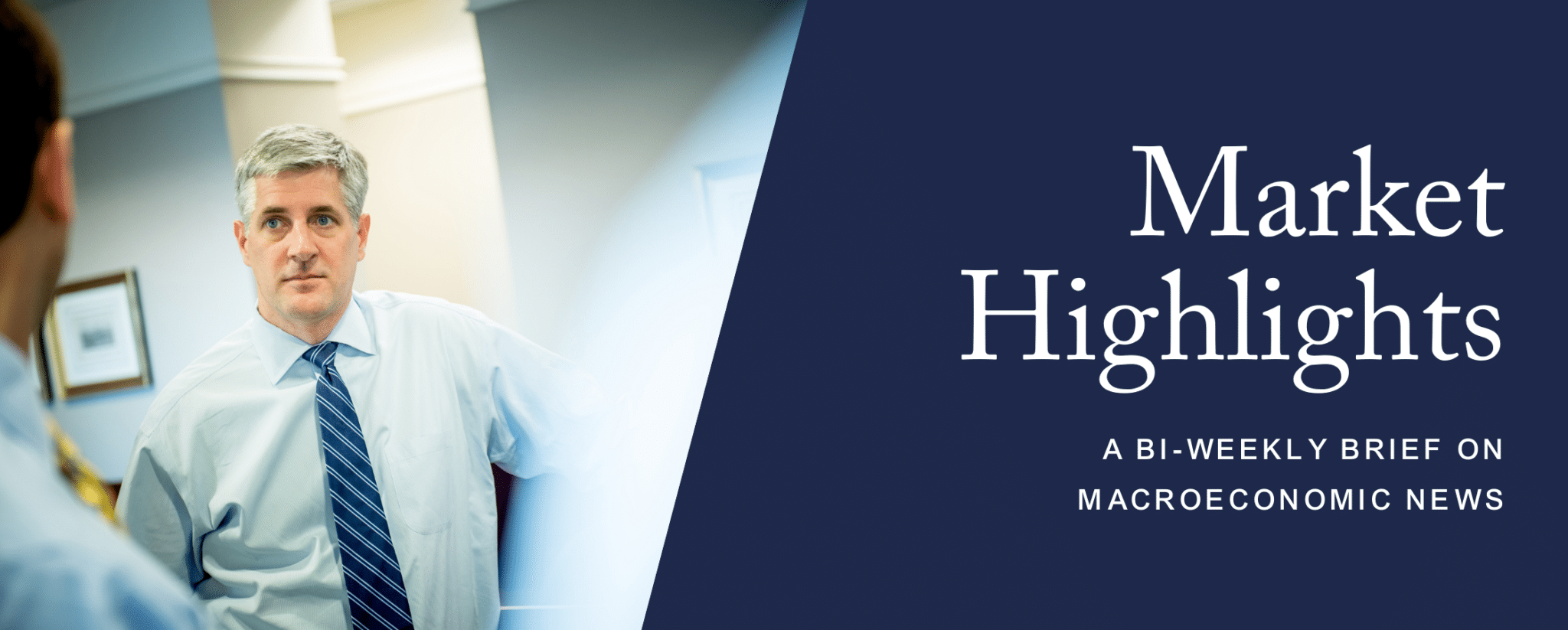
February 14, 2022
The economy appears to be reaccelerating now that we have emerged from the Omicron soft patch. Signs pointing to this reacceleration include: 1) plunging case counts, 2) falling jobless claims, 3) rebounding air travel, 4) rising oil prices, 5) rising copper prices, and 6) increasing bond yields.
Inflation continues to run hotter than expected, and many of the factors fueling it (money supply, wages, commodities, ongoing supply issues) don’t appear to be easing yet, ratcheting up the pressure on the Federal Reserve (“Fed”).
The Fed hasn’t even begun to tighten, but the market is already pricing in a significant amount of tightening, including a 93% chance of an initial +50 bps hike in the Fed Funds rate in March. The Fed is expected to be data dependent and therefore, inflation will be a key determinant on how aggressive it is forced to act. We expect the market to remain volatile and on the defensive until evidence emerges that inflation is moderating.
Inflation is also contributing to robust nominal GDP growth and profits, which are still forecasted to grow over the coming two years boosted by reopening, housing and auto production, and inventory replenishment. The consumer remains in great shape, but sentiment needs to improve so that today’s generally sour mood doesn’t begin to negatively impact spending.
Fourth quarter S&P 500 earnings per share are coming in slightly above expectations and estimates continue to get revised higher, albeit less meaningfully than in previous quarters. First quarter GDPNow is beginning to rise off its initial low estimate and should continue to rise as more data confirms that we have exited the soft patch. We still expect real GDP to grow somewhere between 3.5 – 4.0% in 2022, and corporate profits to increase by 8 – 10%. Meanwhile, stock market valuations have moderated since the start of the year, and investor sentiment has turned cautious.
We continue to actively monitor risks such as corporate margin pressures from rising input costs, the Fed acting too aggressively to slow the economy and subsequently increasing the risk of an early recession, onerous “Big Tech” regulatory or legislative constraints, geopolitical conflicts (Russia/Ukraine particularly in focus now; but also, China/Taiwan), and additional Covid disruptions that could once again impede the recovery.